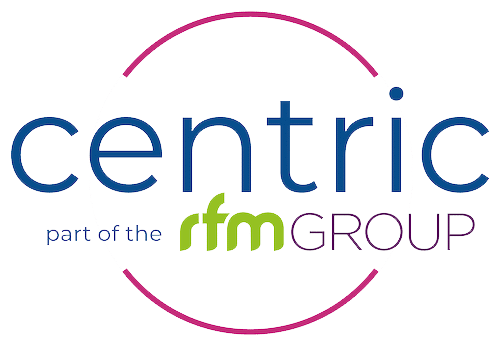Putting People at the Heart of the Office
Organisations increasingly recognise the importance of placing employees at the heart of their operations. An employee-centric office culture and design not only enhance job satisfaction but also contribute significantly to overall productivity and success. In this article, we’ll delve into what constitutes an employee-centric office, exploring the cultural and design elements that make it a cornerstone of workplace excellence.
Understanding the Essence of an Employee-Centric Office
Defining Employee-Centricity
At its core, an employee-centric office revolves around prioritising the needs, well-being, and development of its workforce. It places emphasis on creating an environment where employees feel valued, engaged, and empowered to contribute their best.
Fostering a Collaborative Culture
One of the key components of an employee-centric office is a collaborative culture that encourages open communication, teamwork, and the sharing of ideas. This culture not only promotes innovation but also creates a sense of community among employees.
Cultural Elements of an Employee-Centric Office
Empowering Leadership
An employee-centric culture starts at the top with leaders who are dedicated to empowering their teams. Leadership that values and invests in the professional growth of employees fosters a positive work environment and builds trust.
Recognition and Rewards
Acknowledging and rewarding employees for their contributions is vital in an employee-centric office. Recognition programmes that celebrate achievements, milestones, and exceptional performance contribute to a positive and motivated workforce.
Flexible Work Arrangements
Recognising the evolving needs of the modern workforce, an employee-centric culture embraces flexibility. This includes flexible work hours, remote work options, and policies that support a healthy work-life balance.
Designing an Employee-Centric Workspace

Business and technology concepts. Smart office. GUI (Graphical User Interface).
Ergonomic Workspace Design
The physical layout of the office plays a crucial role in employee well-being. An employee-centric office invests in ergonomic furniture, proper lighting, and comfortable workspaces to enhance productivity and reduce stress.
Spaces for Collaboration and Creativity
Designing spaces that foster collaboration and creativity is a hallmark of an employee-centric office. From open work areas to dedicated collaboration zones, the physical environment encourages teamwork and the exchange of ideas.
Wellness-Focused Amenities
Prioritising employee health and well-being extends to the provision of wellness-focused amenities. Whether it’s a well-equipped gym, relaxation areas, or healthy snack options, these amenities contribute to a holistic approach to employee satisfaction.
Implementing Employee-Centric Strategies
Continuous Learning and Development
An employee-centric office recognises the importance of investing in the growth of its workforce. Continuous learning and development programmes ensure that employees stay engaged, acquire new skills, and contribute effectively to the organisation’s success.
Employee Feedback and Inclusivity
Creating a culture of inclusivity involves actively seeking and valuing employee feedback. Regular surveys, town hall meetings, and platforms for open communication demonstrate a commitment to understanding and addressing the needs and concerns of the workforce.
The Path to Success Through Employee-Centricity
In the competitive landscape of today’s business world, organisations that prioritise their employees stand out as leaders. An employee-centric office culture and design create a positive and empowering atmosphere, driving not only individual success but also the overall success of the organisation. By investing in the well-being, development, and satisfaction of employees, businesses can build a resilient and dynamic workforce that propels them towards sustained success.


